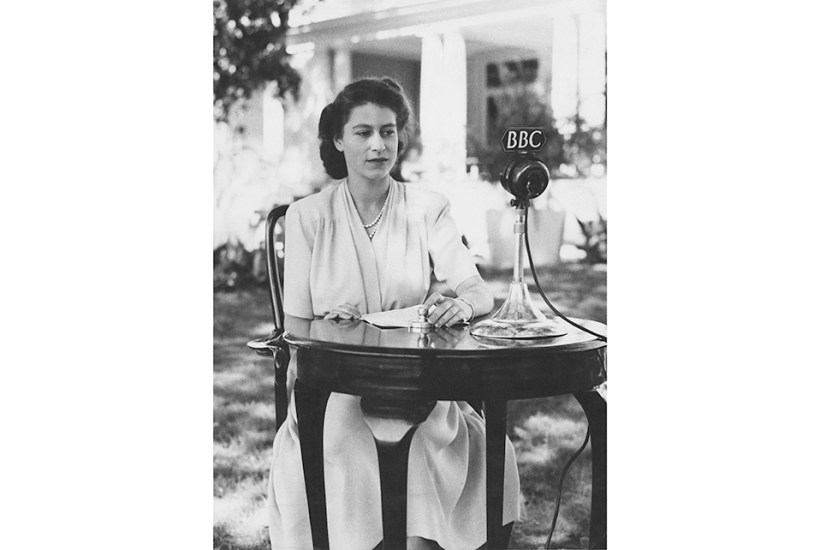It was George VI who first called his extended family ‘the Firm’. Today, with so many injuries and key players on the bench, it might better be known as ‘the Team’ – and one struggling to avoid relegation. It’s what you might call a reign in pain. So it’s a good time for Alexander Larman to publish this appreciative, but not sycophantic, conclusion to his royal trilogy.
Already a subscriber? Log in
Subscribe for just $2 a week
Try a month of The Spectator Australia absolutely free and without commitment. Not only that but – if you choose to continue – you’ll pay just $2 a week for your first year.
- Unlimited access to spectator.com.au and app
- The weekly edition on the Spectator Australia app
- Spectator podcasts and newsletters
- Full access to spectator.co.uk
Or
Unlock this article
You might disagree with half of it, but you’ll enjoy reading all of it. Try your first month for free, then just $2 a week for the remainder of your first year.








Comments
Don't miss out
Join the conversation with other Spectator Australia readers. Subscribe to leave a comment.
SUBSCRIBEAlready a subscriber? Log in